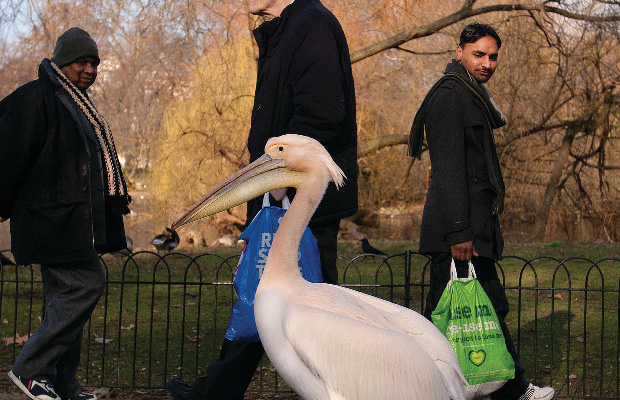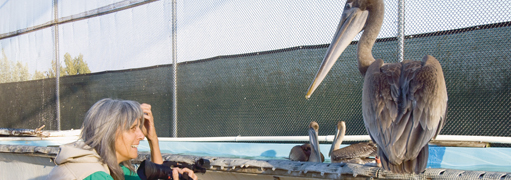Film Review: Pelican Dreams
Odd Duck Of A Documentary Looks In On Our Fine, Feathered Friends



Latest Article|September 3, 2020|Free
::Making Grown Men Cry Since 1992


